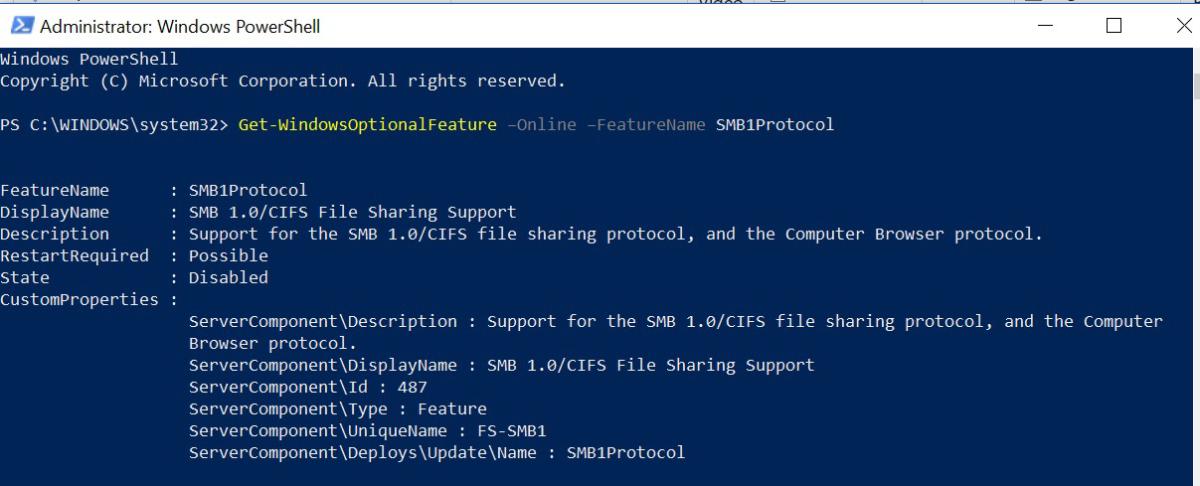event log discription:
"The DFS replication service stopped replication on the replicated folder at local path ... "
The following article presents how have I bypassed the above issues thanks to the articles on Technet and one of the Internet blogs.
I have also included some of my own augmentations into the provided
solutions. Hope you'll find those information useful and consolidated.
How to fix the issue
Following the instructions on Technet:
1) Stop and disable DFS Replication service.
2) Go into the drive containing replicated folder and make sure that the following folder options are set as follows:
- Show hidden files, folders, and drives - ENABLED
- Hide protected operating system files (Recommended) - DISABLED
3) On the Security tab of System Volume Information folder Properties add the user that you're currently logged in with Full Control permissions and the scope of This folder only.
4) Go into System Volume Information folder and on the Security tab of DFSR folder Properties add the user that you're currently logged in with Full Control permission and the scope of This folder, subfolders and files. Make sure that permissions get propated to all child items of the folder.
5) Remove the DFSR folder. If the above results in the Source Path Too Long error like it's shown on the following screenshot:
perform the following steps (thanks to this blog):
- create TEMP folder in the C drive root
- run the following command
robocopy C:\TEMP [DFSR folder path] /MIR
- remove both TEMP and DFSR folders, this time fortunately without the above error.
6) Remove the user that you're currently logged in from Security tab of System Volume Information folder Properties.
7) Enable the DFS Replication service and start it back. You're done. The DFS replication starts over again!
